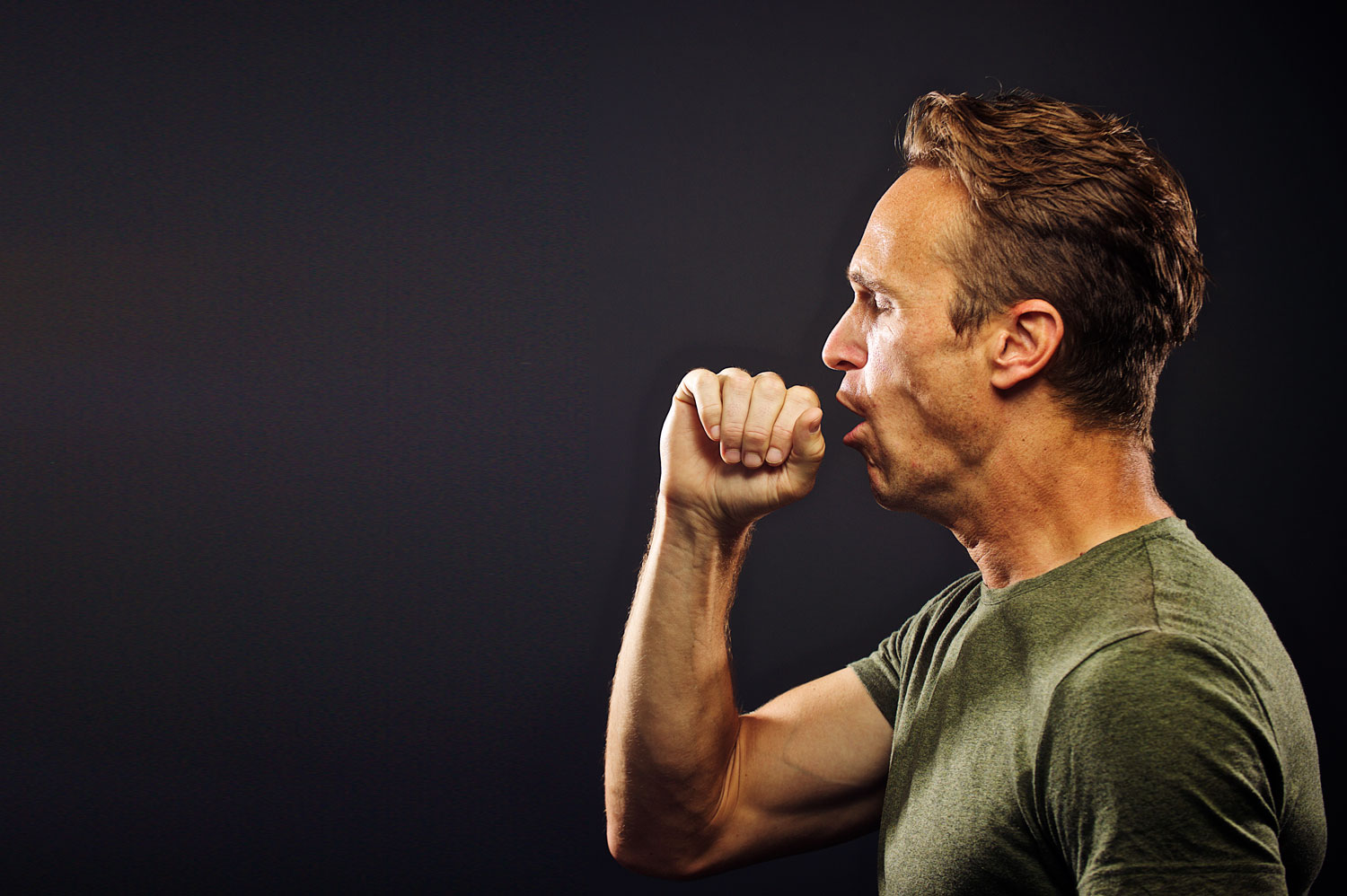An Easy Way to Strengthen Your Lungs

We’re all watching the COVID-19 infection numbers.
But there is something you can do that may help your body handle the symptoms if you contract the virus. Think of it as strength-training for your respiratory muscles.
Just like lifting weights can increase your ability to move heavy objects, respiratory muscle exercises improve your ability to cough productively, says Anne Palermo, a physical therapist with the Miami Project to Cure Paralysis at the University of Miami Health System.
For four years, Dr. Palermo studied the people’s ability to breathe after a spinal cord injury. She works with patients and teaches them how to train their respiratory muscles.
How do lung muscles work?
The diaphragm is our largest breathing muscle, she says, and it sits right at the base of our rib cage. We also have accessory muscles that help us to breathe in and out. These muscles work to expand our ribs and bring air into our lungs and then, similar to a rubber band, snap back as we breathe out.
“However, if you have to sneeze or cough, that takes extra effort,” says Dr. Palermo. “There are other muscles that have to turn on to help forcefully get the air out of your system.” The training targets both sets, those that help bring more air in and those that help to get the air out.
Although Dr. Palermo has primarily taught people with spinal cord injuries, she says that respiratory muscle training can help everyone. She even has her whole family doing them at home.
Respiratory muscle therapy may also help people who are uncomfortable when they wear face masks.
– Dr. Palermo
“If people feel like they can’t get enough air in and out when breathing through a mask, it may because of underlying respiratory muscle weakness,” she says. “These exercises can help you work on that.”
First, grab a straw
Dr. Palermo uses resistance trainers or an incentive spirometer with her research participants, but she says a straw works as well. It provides the resistance that is needed to strengthen the muscles.
“Start with 10 breaths through the straw. If that seems easy, you can breathe in and out through the straw for two minutes,” she says.
“Try and work your way up to 10 minutes at a time. Your goal overall should be about 30 minutes a day.”
Start the exercises slowly if you become light-headed or short of breath, she says. Don’t train if you are running a fever.
“If you have a full or partially collapsed lung or a history of breathing problems, you should consult your physician before starting the exercises,” she says.
“Lastly, don’t share your straw, and be sure to wash it if you use it more than once.”
Natasha Bright is a contributing writer for UMiami Health News.
Tags: COVID-19, lung, Miami Project to Cure Paralysis, respiratory
